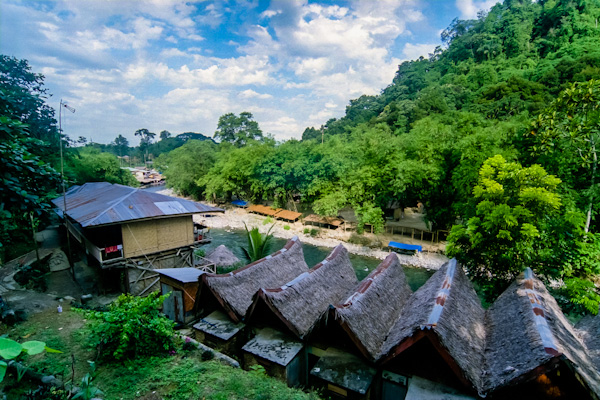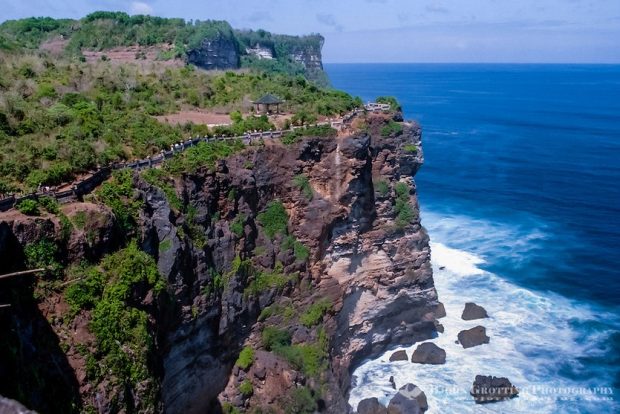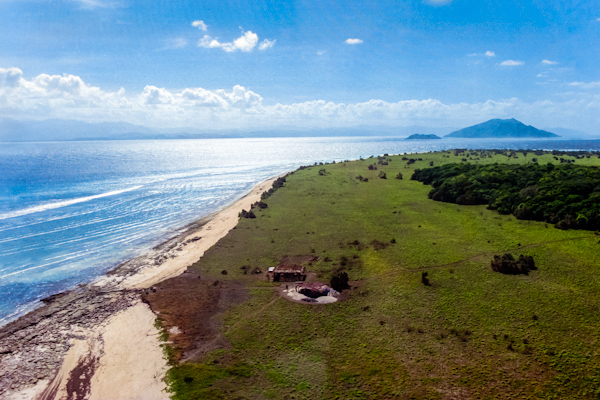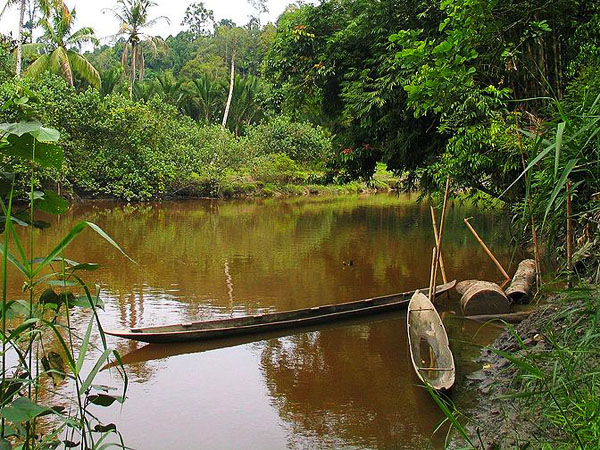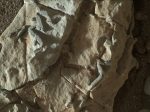Gunung Agung is Bali’s highest and most sacred mountain. It is 3.142 meter high and can be seen from almost everywhere on Bali and from the neighboring islands, but most of the time it is covered by clouds
. The best time of year to see the mountain is August to September and of course early in the morning.

The height is disputed because of the last eruption 17th of March 1963, which by some is believed to have blown off the highest top. Gunung Agung is now said to be 3.014 meters, and the top is today a 500 meter wide crater.

The 1963 eruption killed about 2.000 people and made about 100.000 people homeless. The entire East Bali became isolated, and crops all over Bali were destroyed, which led to famine. Much of the population had to move to West Bali or Sulawesi. Fortunately Gunung Agung has fallen to sleep again, and today it is possible to climb to the top. You must first find a guide who is not too terrified of the mountain spirits, in that case he might leave you alone halfway to the top.
The highest peak is on the western side above Pura Besakih, the most important temple on Bali. If you like to say you climbed all the way to the top you should start from there.

Other popular places to start the trek are the Muncan and Selan villages on the south side, where there is a road all the way up to the Pura Pasar Agung temple. This is the shortest way, but you cannot reach the highest peak from here. You will find a guide and accommodation at all of these places, and also in Tirta Gingga, a popular spot for hikers. The best time for trekking is July to September when the climate is relatively dry
page 19ERECTILE DYSFUNCTIONClass II Slight limitations sildenafil citrate.
. The time to the top takes about 4-6 hours, start early in the morning before sunrise. During festivals and ceremonies in the Besakih temple it is not allowed to climb the mountain.

